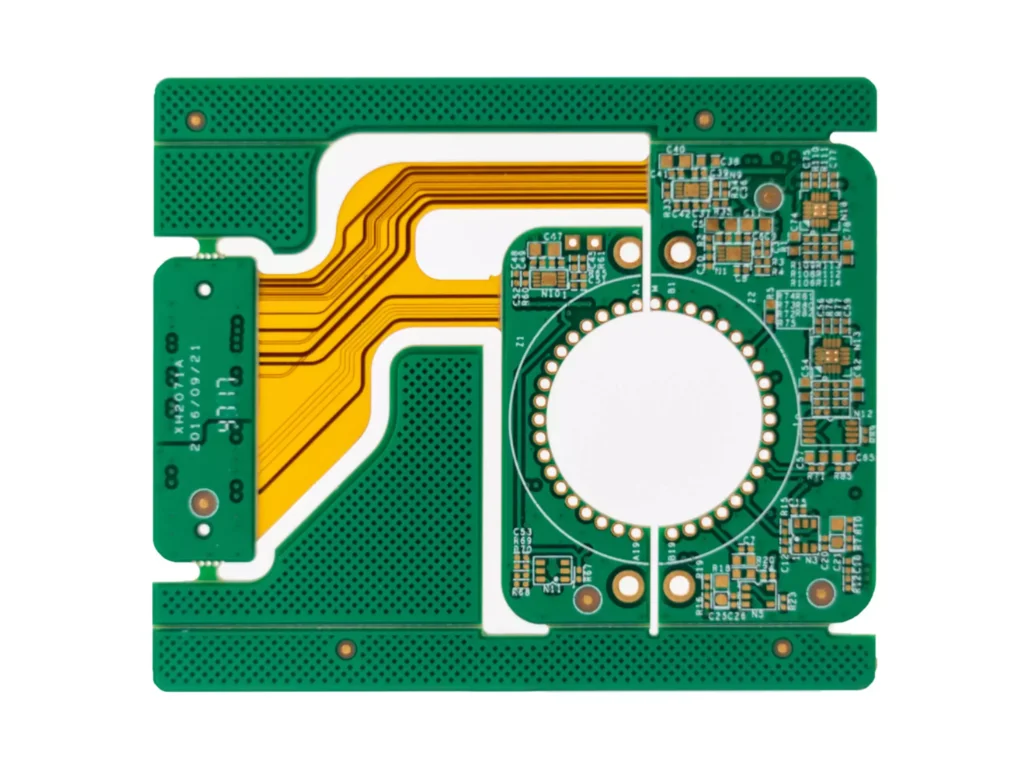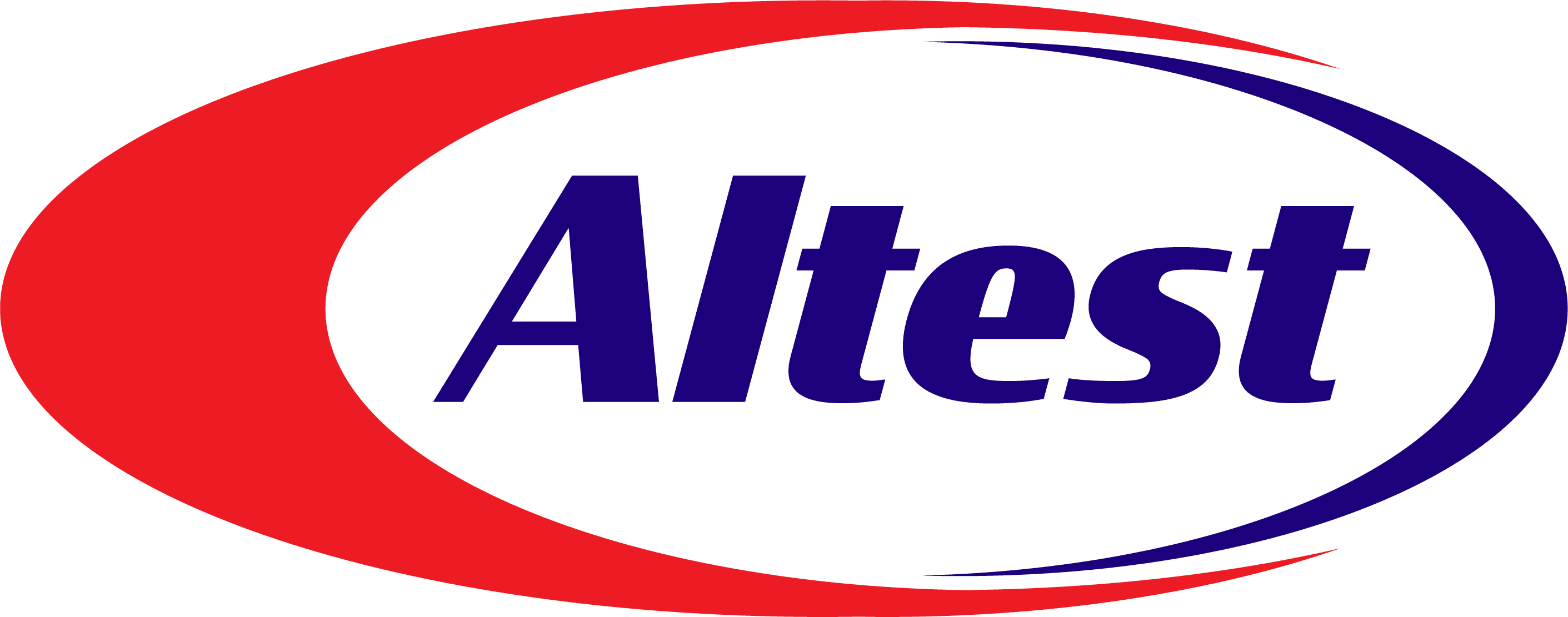Flex & Rigid-Flex
Rigid-Flex printed circuit boards are boards using a combination of flexible and rigid board technologies in an application. Most rigid flex boards consist of multiple layers of flexible circuit substrates attached to one or more rigid boards externally and/or internally, depending upon the design of the application.
How Are Rigid-Flex PCB Boards Fabricated?
Lamination: The flex layers are laminated with the rigid sections through adhesive bonding, heat, and pressure. The flexible circuit consists of a polyimide core, adhesive and copper film while the rigid portion consists of an FR4 substrate, copper, and solder mask. PCB flex rigid materials must be bonded in strict accordance with specifications.
Drilling:Drilling processes can be done through mechanical or laser drill bits. The received Gerber files are used as a reference for the hole location. Drilling is often the slowest process in the entire rigid flex PCB fabrication line. It is important to minimise drill burring during drilling.
Copper Plating:The drilled holes, also known as ‘vias’ are plated with copper to provide electrical connection across the layers.
Etching:In the etching process, copper traces that are not part of the circuit layout are removed from the substrate. The etching process is done through photolithography wherein a mask pattern is used to expose and develop a photo-sensitive material and etch away the unnecessary copper surface
Solder Mask:What you typically see as the green coating on the PCB is attributed to the solder masking process. Solder mask serves both as a protection, isolation, and insulation material on the PCB. It isolates the conductive pads to avoid shorting of adjacent pads.
Surface Finish:A protective layer is applied on the copper pads to provide a solderable contact pad and to protect the copper from the oxidation process. The most common surface finishing techniques include Electroless Nickel Immersion Gold (ENIG), Organic Surface Protection (OSP) and Hot Air Solder Levelling (HASL)

Why Choose Us as Your Rigid Flex Manufacturer?
✔High-Quality Standards:Through our tightly controlled processes and written standards, we ensure that parts which are compliant with the requirements are the only ones shipped out of our plant.
✔Competitive Pricing:As rigid flex PCB suppliers, we recognize the need to maximize profitability, thus we offer very competitive pricing to our clients. We discuss with our clients and arrive at a common ground on how to establish a price point that will be beneficial for all stakeholders
✔Technical Excellence and Capability:Our Factory has a high-speed and state-of-the-art manufacturing line to suffice your rigid-flex PCB requirements. We as rigid flex PCB manufacturers seek mutual collaboration with our customers as we have a pool of expert personnel who are trained and experienced in the PCB industry.
Industries We Serve:
The Advantage of Rigid Flex PCB Boards
Reduced Weight
The flexible portion of the rigid-flex printed circuit boards contributes to the weight reduction of the overall PCB. Having lesser weight than other PCB types, rigid-flex PCB is beneficial for portable devices which need to be inserted, carried, held, or worn
Better Flexibility
Due to the combined elements of flex and rigid circuits, rigid flex printed circuit boards can adapt well to complex and irregular geometries. Rigid-flex PCB can fit into tiny spaces and can follow the contour or surface thus, allowing different shapes and arrangements.
Smaller Device
PCB designers can disregard the use of bulky connectors, cables, and wires and resort to a single package with enhanced performance and reliability. Rigid-flex PCB can fit into tiny spaces allowing for smaller device geometries.
